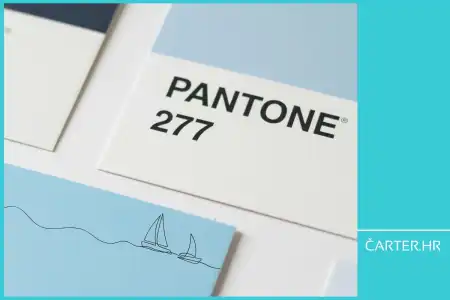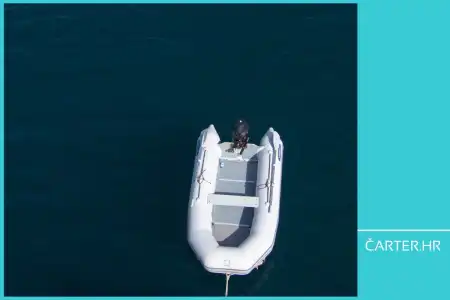
Branding is much more than just a logo on a t-shirt or a yacht – it is the foundation of a successful business. If you have ever thought that visual identity is secondary, this text will make you reconsider. Why do some products sell at significantly higher prices just because of a logo? How can a well-structured brand increase the value of your charter company? Barbara Zec, a new author on čarter.hr, in her first article, provides answers about the true value of a brand.
Do you think branding is just sticking a nice logo on a yacht, a flag, or crew uniforms? An insignificant part of business planning? A fun task you hand over to somebody's boy to draw for 50 euros and a chocolate bar?
You know you need to place your logo in a few spots, but you have no idea why you actually need it. What will you get out of it? What’s in it for you?
There’s a lot of talk about logos, visual identity, how to do this or that. But I believe the first question that needs answering is – why? Why should you, who already have a "ton" of other things to do and think about when starting a business, now also have to think about some logo? This is usually the thought process that accompanies starting a business. Since, at this stage, you must carefully choose your priorities and where to allocate more attention and budget, you see visual identity as a "necessary evil" and create it "just to have something." And that is where you slip up for the first time.
I’ve heard it more than once – someone urgently needs a logo. The thing is, if we are talking about any type of business, including yacht charter, there are things that are urgent and things that are important. A logo is not urgent. A logo, that is, visual identity, is important. That’s why the process of creating a visual identity should be approached from the very beginning of business planning. Right after setting the strategy, business plan, and defining ideal customers.
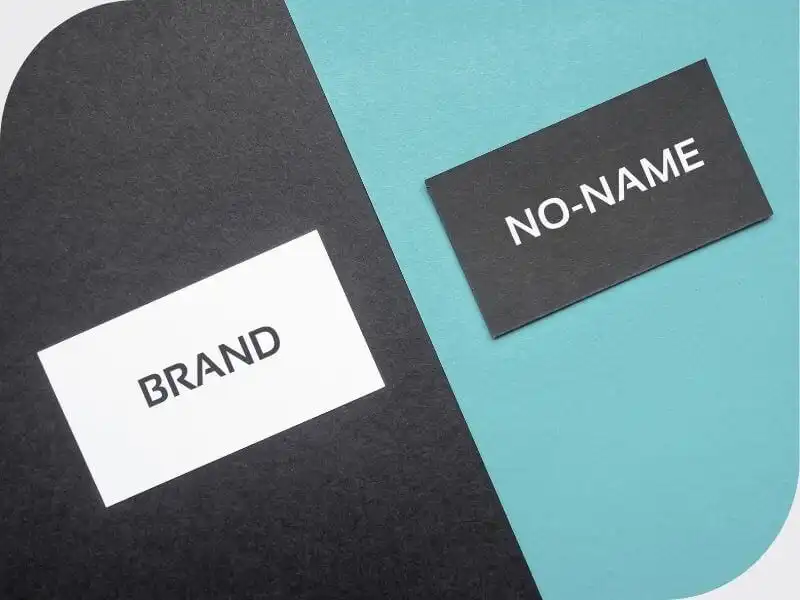
Branded vs. No-name
Let's break it down. Have you ever wondered why one t-shirt costs 20 euros, while another, almost identical one, costs 200 or 500? It’s no secret that often all three are produced in the same factory. The only detail that makes the difference is – the logo. Considering that a single logo can drastically increase the perceived value of a basic t-shirt, when we talk about nautical and maritime brands, the difference becomes even more dramatic.
When people buy (or rent) a product with a recognizable logo instead of a no-name product, they are buying security, status, and risk reduction.
A t-shirt without a logo might still be acceptable, but would you buy a yacht from an unnamed and unverified manufacturer? I doubt it. And do you think potential clients would rent a yacht from an unnamed and unverified provider? Someone they are hearing about for the first time? When we encounter something for the first time and have no prior information about it, our initial reaction is usually to keep our distance. That kind of reaction is not in the interest of any seller of products or services. That’s why there is a way to present yourself and to instill a sense of security in the customer’s decision to do business with you.
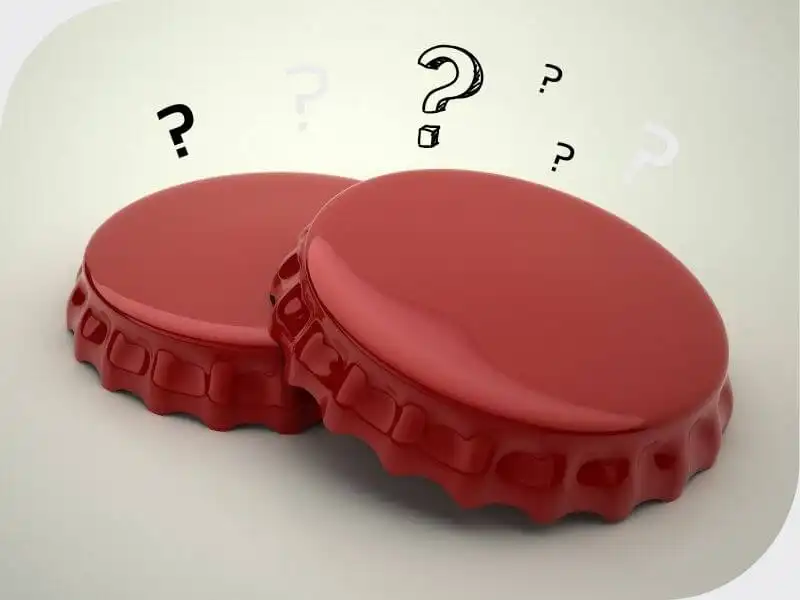
Monetary value of a brand (what is brand value)
Why do people predominantly buy Coca-Cola instead of cheaper local brands? Similarly, we are more likely to choose a well-known product over a generic one, even though they are often identical in composition. The difference lies in appearance and price.
Now, Coca-Cola hasn’t just always been around with everyone knowing about it. Even though it may seem that way from the outside. That omnipresence is the result of significant effort and money invested in building a unified visual system. It is the result of a deliberate and constant investment in the brand. One might think that the brand is so well-known that it no longer needs to invest in promotion at all. In reality, it is so well-known because it keeps investing (more and more). Of course, you don’t have to invest millions in continuous new marketing campaigns and products (unless you want to be the Coca-Cola of the charter industry). But you can learn from such brands and their strategies.
In one sentence, the definition of brand value is how much your brand would be worth if you were to sell it. And in 2024, Coca-Cola’s brand value exceeded 100 trillion dollars. For comparison, Croatia’s GDP last year was 85 trillion dollars. Not bad for "sugary water," right? Over time, a consistent, well-thought-out brand creates value, and the visual component, i.e., visual identity, is the most visible part of the brand. The eyes receive over 90% of information. And what is the first thing we notice about any brand? An image. A logo. A color. In short – visual identity.
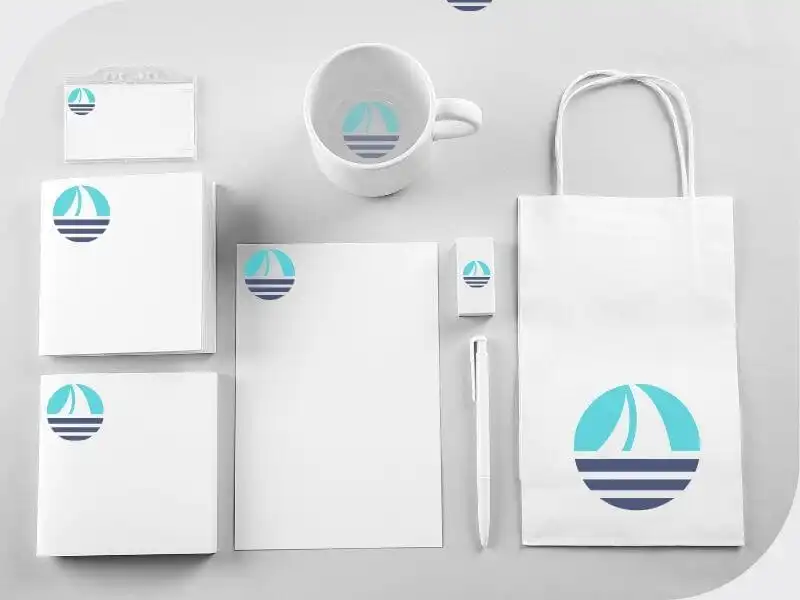
Benefits of a well-designed visual identity (for you and your customer)
A well-designed visual identity, built on a solid foundation of strategy and a business plan, brings concrete benefits to your business:
- ensures brand recognition;
- helps you stand out from the competition;
- creates a sense of business continuity;
- builds trust;
- improves customer relationships;
- helps retain employees;
- boosts sales.
You can achieve brand recognition through thoughtfully designed elements of visual identity, which you will strategically apply to all materials your potential client sees in person, on a screen, or in print. For example, sails, uniforms, counters, stands, flags, brochures, ads, websites, banners...
You will stand out from the competition with a visual identity that aligns with the visual language of the category but also has enough distinction—something that makes it different in a sea of others.
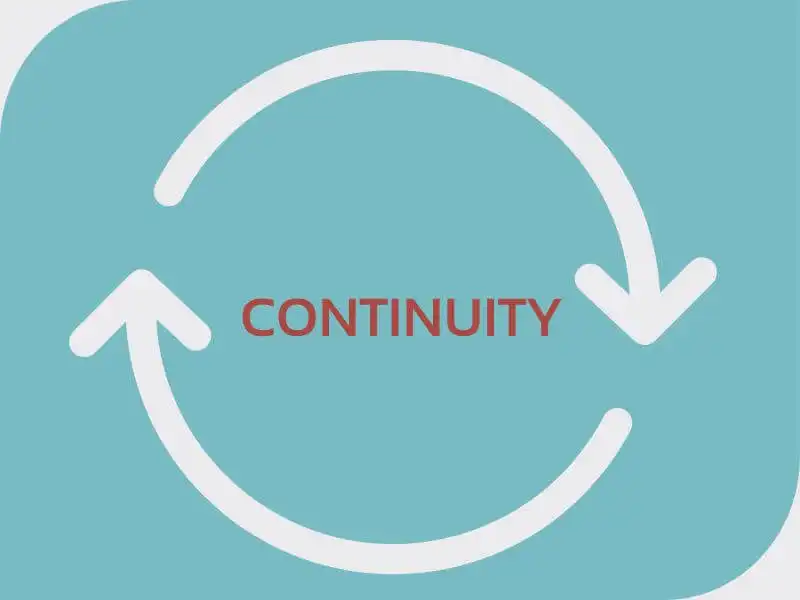
A sense of business continuity is built over time through consistent use across all communication channels. In the eyes of your customers, such a uniform way of brand communication also builds credibility. Because no one wants to buy from a company that exists today but may not tomorrow.
As a result of all the above actions, if done correctly, your customers gain trust in you. You instill confidence that they have made the right decision when choosing your yacht charter.
A satisfied customer is the best advertisement. The good relationship you build leads to recommendations and positive emotions that both your existing and potential customers now associate with your brand image.
This kind of development also helps with employee retention. And not only that, but you also need to attract employees in some way, and the stability they feel when you consistently send the same message (and image) at every step gives them a sense of security and pride.
All these factors together contribute to improved sales. And it all started with a simple logo.
Visual identity is the most visible part of your brand and the easiest to control and implement, and your return on investment is guaranteed if you establish it wisely and use it consistently.
I hope this article has helped answer the question from the beginning, "What do you get out of it?"
You get a business that functions, that is recognizable and desirable. Both for clients and employees. You also get a foundation for increasing the monetary value of your brand. Your reputation grows among clients as well as among potential employees. So, next time you find yourself in a situation where you need to create a new brand image, don’t just dismiss it and do something "quickly." Now you know why.
*this article is not sponsored by the Coca-Cola brand.
Categories of trends
- News
- Sale
- Marketing
- SEO
- Web design
- Social media
- Technology
- Regulations
- Management
- Education
- Finances
- User experience
Newsletter
Sign up for the newsletter and receive the latest trends and tips straight to your inbox


